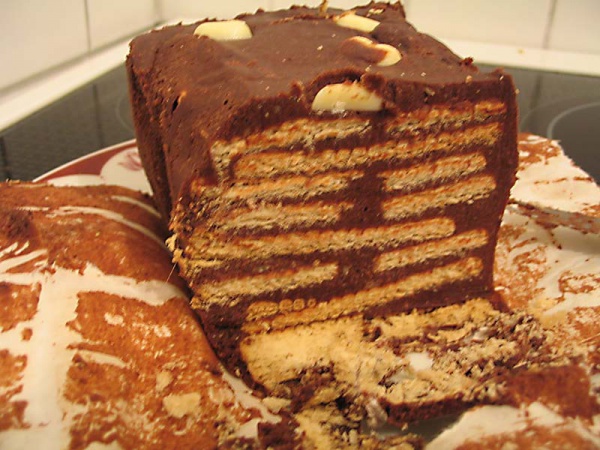Facts About Hedgehog slice
A hedgehog slice is a delectable no-bake chocolate dessert, typically flat and either square or bar-shaped. Imagine a fudgy chocolate brownie with contrasting light and dark sections. The darker areas are rich with chocolate flavor, while the lighter portions are made from crushed biscuits, rice puffs, or similar treats. Sometimes, nuts are added to introduce an extra layer of crunch. The slice is usually topped with a layer of chocolate icing and may be adorned with coconut, sprinkles, or other festive toppings.
This delightful treat is known by various names around the world. In Germany, it is called "Kalter Hund" (cold dog), "Kalte Schnauze" (cold snout), or "Kellerkuchen" (cellar cake). In Sweden, it goes by "radiokaka" because it resembles old radios and can be eaten without making much noise. In Turkey, it is known as "Mozaik Pastası" while in Greece, it is referred to as "Mosaico." The Danish call it "kiksekage" and in Serbo-Croatian, it is known as "keks torta" both terms translating to biscuit cake. In the Netherlands, it is called "Arretjescake" named after a recipe book by Calvé that featured their mascot. In Norway, the dessert is called "Delfiakake" named after the Delfia deep-frying fat used in the recipe.
The hedgehog slice is a contemporary twist on chocolate salami, which dates back to the early 20th century. Its origins can be traced even further back to various types of faux sausage confectioneries from the early 19th century, which did not include chocolate.
